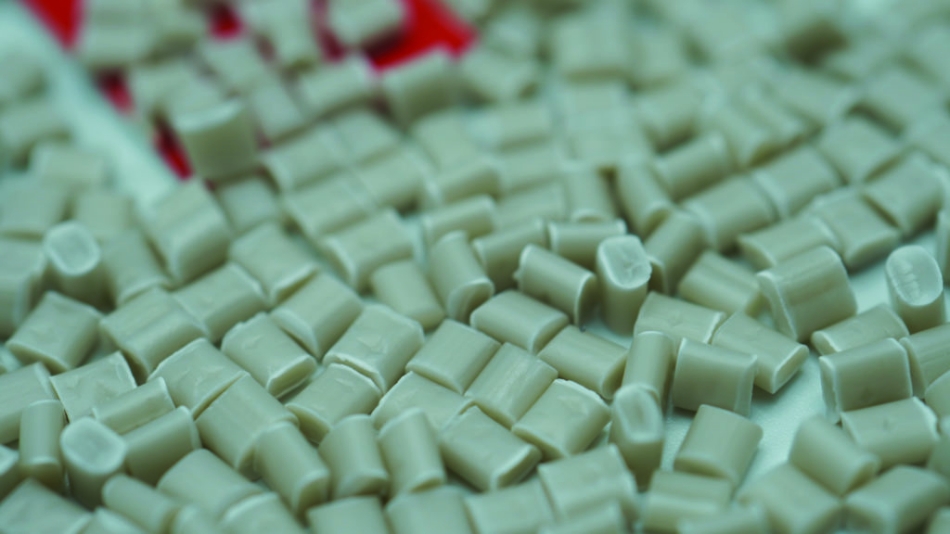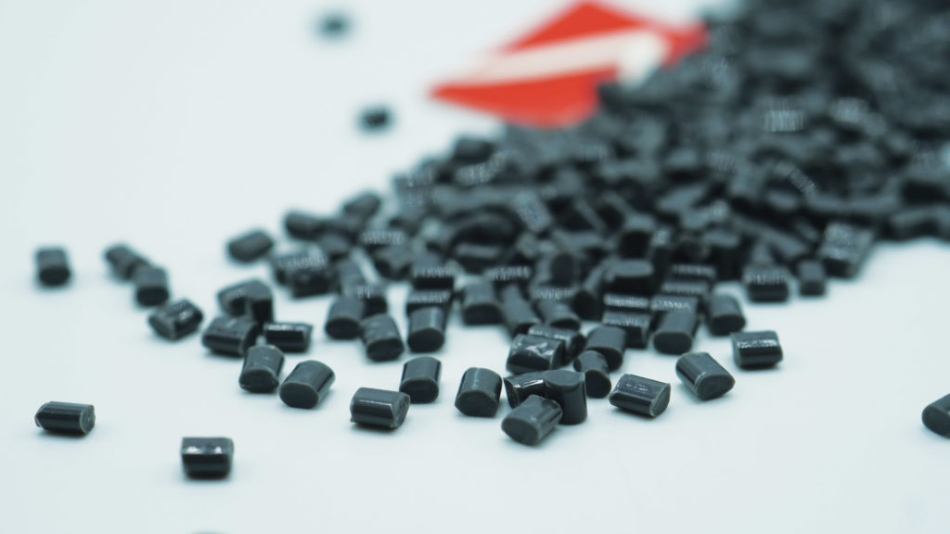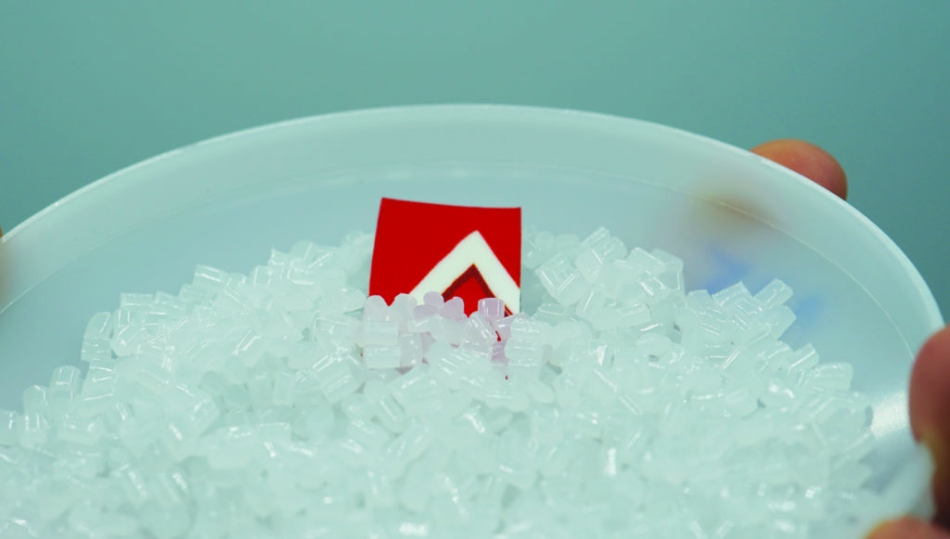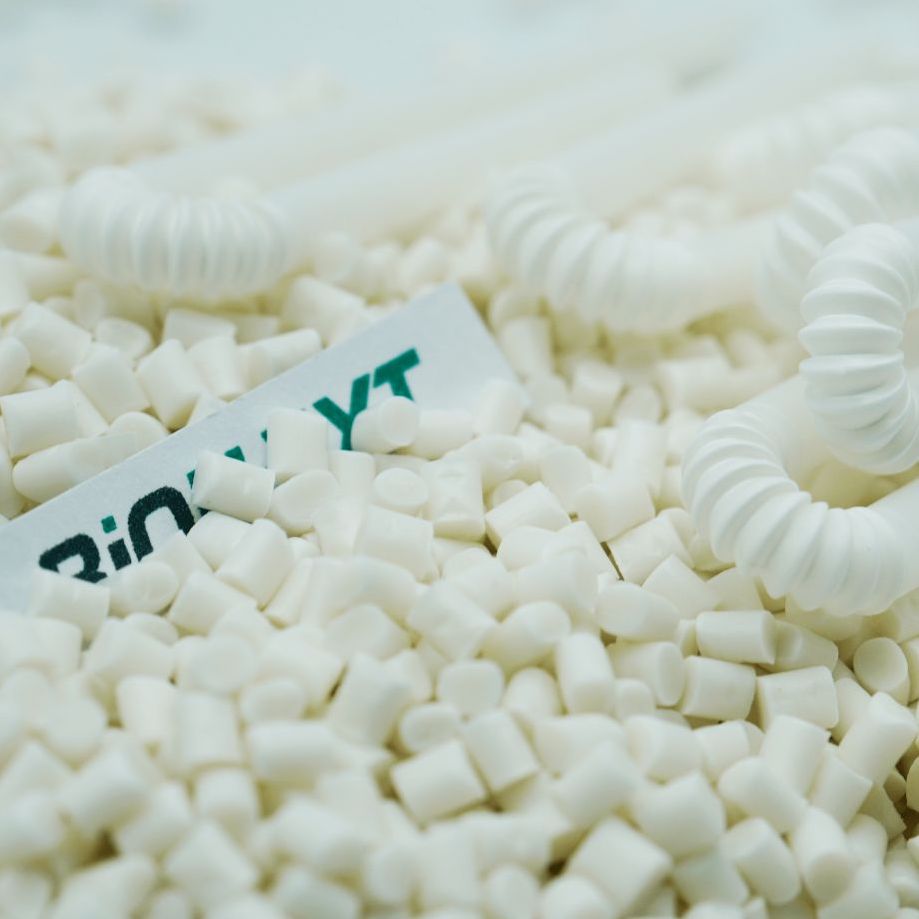Plastic engineering compounds are raw material mixtures consisting of base resin and reinforcements, tailored for manufacturing end products. Engineering plastic compounds have many important applications like producing interior of cars, motorcycles, home appliances, electronic components, etc. Let’s learn interesting information around this useful material with EuroPlas in this article.
Engineering plastic compounds were born to solve the problem of businesses relating to improving efficiency. Accordingly, before the advent of engineering plastic compounds, to create a rice cooker lid, businesses needed countless materials from primary plastic, colored plastic to plastic additives to increase the quality of finished products such as anti-UV, anti-static functionalities, etc. In other words, they had to produce only a small detail but require a lot of input materials. This makes the synthesis of raw materials relatively complicated and takes a long time. Not to mention, buying materials from different suppliers means that businesses had to buy the materials at a high price. In addition to this, the human resources are bloated, causing additional costs of transportation, depreciation, and reducing the competitiveness of finished products.
That's why plastic engineering compounds were born. Named “the perfect crystallization of all materials in a single material”, how special is this material?
1. What are plastic engineering compounds?
Plastic engineering compounds (also known as Compounds) are materials made from common virgin resins (ABS, PP, PC, ...) with additives and reinforcement depending on the type of plastic and the requirements of the finished product. The most common reinforcing agents in plastic engineering compounds include glass fibers/beads, conductive carbon, barium sulfate, talc, etc.
 Plastic engineering compounds are a combination of base resins and reinforcements based on the characteristics of finished products.
Plastic engineering compounds are a combination of base resins and reinforcements based on the characteristics of finished products.
2. Why should you use plastic engineering compounds?
The applications of plastic engineering compounds in production are:
- Creating a unique material for the final product: If traditional production requires mixing stages from many materials to create a single input material, plastic engineering compounds can solve this complex process. This solution allows enterprises to directly conduct production without having to go through any other mixing stages. That's because, in the process of making plastic engineering compounds, the manufacturer has carefully calculated and studied the characteristics and technical requirements of the finished product, thereby selecting and mixing all the necessary materials. In other words, a plastic engineering compound is a customized material for the end product.
- Saving time and increasing productivity: Thanks to the application of plastic engineering compounds, enterprises can significantly save time spent on synthesizing and processing input materials, thereby saving labor costs as well as enhancing productivity. This is a huge leap compared to using traditional raw materials because the mixing stage requires precise proportions and close supervision. So it takes a lot of resources. On the other hand, with a single raw material, enterprises have the opportunity to cooperate with certain suppliers for a long time, thus enjoying the advantage of competitive raw material prices.
3. Top 5 plastic engineering compounds and their applications
PP compound
PP Compound is a plastic engineering compound based on polypropylene resin and reinforcements such as beads/glass fibers, conductive black carbon, flame retardant additives, and barium sulfate,... With high mechanical strength, hardness, and good printing ability, polypropylene is a familiar material for plastic manufacturers, combined with reinforcing agents to create a variety of plastic engineering compounds to serve different usage requirements for finished products.
 PP compound is a plastic engineering compound made from PP and reinforcing agents
PP compound is a plastic engineering compound made from PP and reinforcing agents
Depending on the reinforcing components contained in the PP compound, the properties of the finished product will be specified such as hardness, transparency, ability, impact resistance, heat resistance as well as shrinkage, and electrical conductivity. PP engineering plastic composite is widely used in the production of interiors of cars, motorcycles, household appliances, and furniture,...
ABS compound
A familiar name in the market of plastics is ABS compound. Based on ABS virgin resin, manufacturers have combined with different additives such as glass beads/fibers, flame retardants, conductive black carbon, etc. to create a mixture of ABS engineering plastics. With good rigidity and impact resistance, high and low-temperature resistance as well as excellent electrical insulation, the ABS compound is widely applied in the electrical industry and electronic equipment manufacturing.

ABS compound is widely used in the electrical industry and the manufacture of electronic equipment
PC compound
As an amorphous, transparent thermoplastic with high impact strength, PC is a familiar name in the plastic industry with a wide range of applications in architecture, advertising, and electricity - electronics.
Inheriting the advantages of PC, PC plastic engineering compound is a combination of polycarbonate plastic base and reinforcements such as beads/glass fibers, anti-static additives, ... providing impact resistance, increasing the surface hardness, and improving the heat resistance of the final product. Therefore, this material is often applied in the production of computer components, office gears, household electrical components, and camera components, …
 PC compound is applied in manufacturing computer components, office machine gears, household electrical components, and camera components,...
PC compound is applied in manufacturing computer components, office machine gears, household electrical components, and camera components,...
PA66 compound
PA66 compound is a mixture of engineering plastics between PA resin and reinforcing agents. PA (Polyamide) plastic is known as a hard material, that has strength and resistance to abrasion, high chemicals, good glossiness, and electrical insulation. This material is commonly used in the manufacturing of automotive, electrical, and other household appliances.
Combined with reinforcing agents such as beads/fiberglass, the PA66 engineering plastic compound reinforces the mechanical and physical properties of the finished product. This compound increases the final product’s strength, stiffness, and impact resistance. Therefore, the material is widely used in the production of gears, office equipment bearings, household electrical components, and the automobile and motorcycle industry (carburetors, emission control valves, fuel tank caps).
Bioplastic compound
Bioplastic is a material that has been mentioned a lot in recent times thanks to the development of “going green” trends. With completely natural materials such as bio-plastics and plant-extracted starches, bio-compounds not only have the same preeminent features as fossil resins but are also completely environmentally friendly thanks to their biodegradability. This material is widely used in disposable products such as knives, cups, forks, spoons, straws, etc., thus reducing the amount of plastic waste, and contributing to environmental protection.
 Bio compound has preeminent characteristics like fossil resin and is environmentally friendly.
Bio compound has preeminent characteristics like fossil resin and is environmentally friendly.
4. Plastic engineering compounds from EuroPlas
With nearly 14 years of construction and development, EuroPlas understands the difficulties of businesses in finding a source of quality raw materials at a reasonable price. That's why the EuroPlas plastic engineering compound was born.
With the perfect combination of high-quality resin, additives, and reinforcements, EuroPlas plastic engineering compound is the optimal solution for enterprises' raw material problems - not only for providing suitable materials for the end product but also saving production costs and increasing productivity and output.
For more information about our products and samples, please fill in this form!